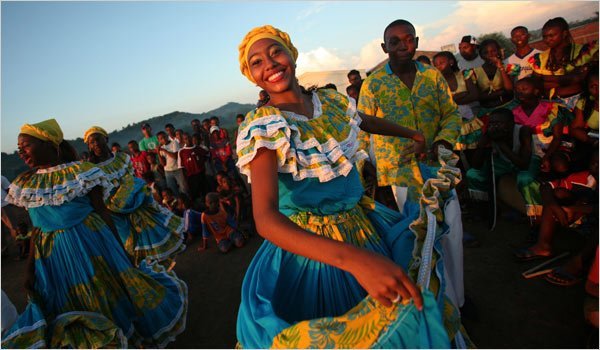 Remember, remember the fifth of November
Remember, remember the fifth of November
Gunpowder, treason and plot.
5 November is known as Bonfire Night or Guy Fawkes Night in Britain. It commemorates the foiling of a Catholic plot led by Guido (Guy) Fawkes to blow up the king and parliament in 1605. As the plot failed and the king survived, the people of London celebrated with fireworks. The event is remembered today with public or garden fireworks and bonfires. Effigies of Guido Fawkes are made and burnt on top of bonfires.
Some people believe that Guy Fawkes night was popularised as a Protestant festival to replace the Catholic festival of Halloween (All Souls and All Saints Day), itself a co-opting of the Celtic festival of Samhain. Halloween traditions used to include large fires in honour of the dead, and the tradition of going from house to house asking for a ‘penny for the guy’, which is reminiscent of the house-to-house visiting that used to take place on Halloween and developed into ‘trick or treating’ in the United States.
The town of Lewes in southern England is known for its elaborate bonfire night rituals, combined with marching in the streets and commemorations of the deaths of Protestant martyrs. Guy Fawkes Night celebrations are still going strong in some former British colonies such as Newfoundland and Labrador in Canada and in parts of New Zealand.
While remaining a night of fun for the family, the celebration has been in decline in recent years. Some are concerned that burning an effigy of a Catholic could be seen as hateful, while others are worried about health and safety around fires and fireworks. On the other hand, the growing popularity of Halloween is deplored by many for its commercial side and it seems that both festivals will coincide for some time yet.

